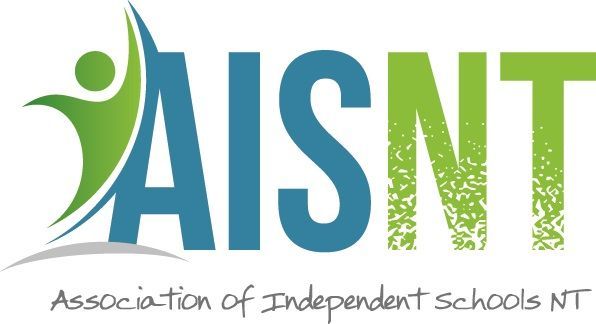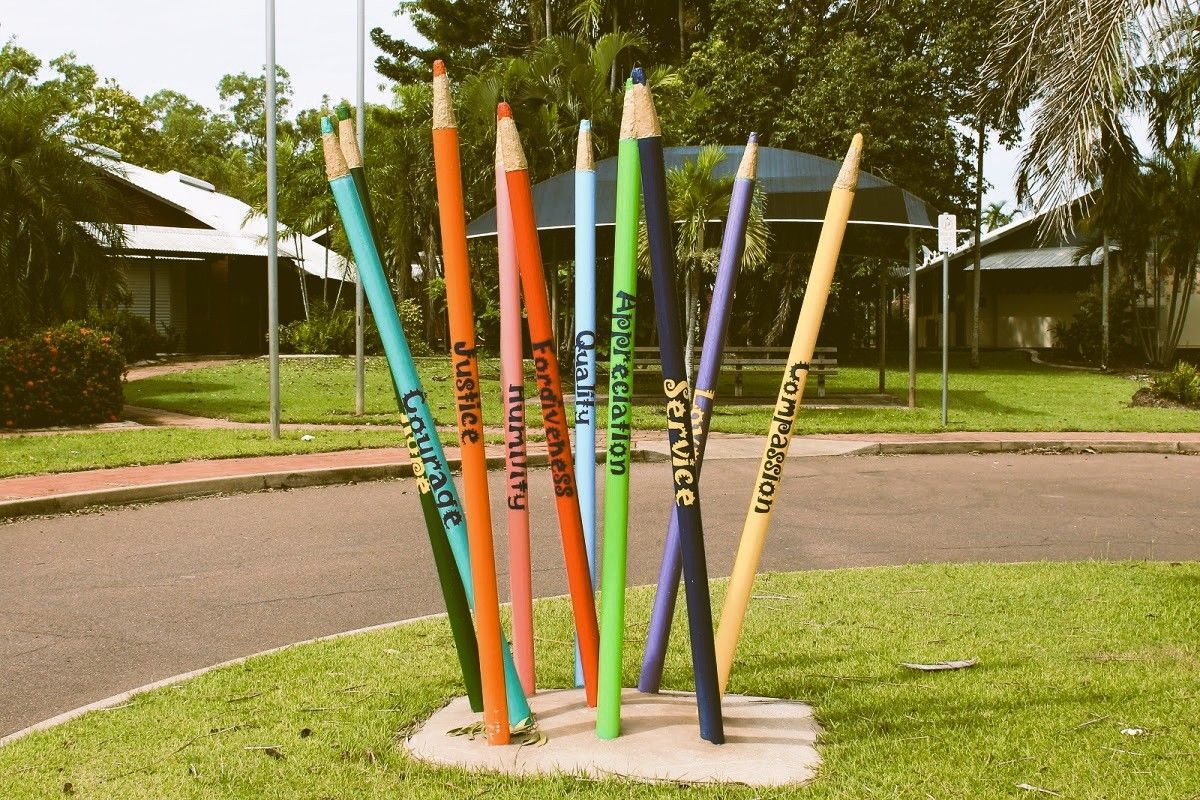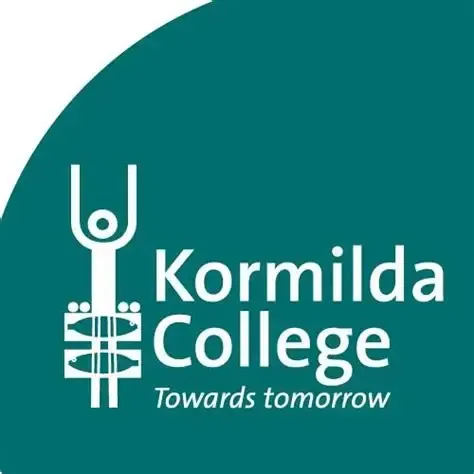People are Not All the Same
As a Principal organising a school one can hope for things to be normal. Then the many pieces of the jigsaw can be pieced together in a rational and orderly way which should maximise the efficiency of the school, the organisation of classes and timetables, the appointment of teachers to classes, the length of time allocated for lessons, the balance of physical and sedentary activities and the time allocated to maximising the outcomes of different subjects. The organisational models to make this achievable will often lean heavily towards administrative convenience more than maximising the genuine learning of individual students and their particular needs. It will rely heavily on students and their acceptance of conformity.
In writing this I’m aware that the ideal solution for a diverse school population is likely to be unachievable but this should not preclude a Principal and the school team seeing how they can move closer to the ideal, even if it is only a little closer. I contend that if it is a little closer than the school’s outcomes for students will therefore also be a little better. I think it is of value if the Principal and the teaching team can look beyond purely a solution of administrative convenience.
In making key decisions schools are often blessed with the words which are projected quickly and after limited thought are delivered as “It can’t be done”. During my 30 years as a principal I think of the vast amount of my time spent on “it can’t be done” and then convincing people that “there has to be another way”, and “we must surely be able to make this happen”. And a good mantra for a school are the words “we can make it happen”. In doing so it will lead a Principal and the staff and indeed often the Board into unfamiliar areas, perhaps uncomfortable areas but could make a difference to the learning of some children. What is required to make this happen is a burst of creativity and perhaps giving staff the permission to be creative, a permission which can be liberating and indeed satisfying. As part of encouraging creativity it is essential that those involved see that there is a chance of an idea being considered or even accepted, then genuine participation will take place.
There is good research that has been undertaken showing that physical activity at the start of the school day will have a positive outcome on academic activities undertaken after it. The implementation of this may be a problem but the value of the outcome might empower the Principal and the staff to introduce it in some way. To do this everything should be put on the table - time of activity, length of time for activity, where to do activity, problems which may be faced. If people are given permission to think creatively the pile of ideas on the table will be substantial. In this process people need encouragement to generate their best thoughts, and this may take a little time.
Whilst a Principal’s key senior staff are really important in this creative thinking it can be worthwhile having a discussion with small groups of staff including young staff inviting them to offer some creative ideas. Large groups can intimidate some people and therefore good discussion is stifled. From the outset it is important to tell the groups that is this simply exploring ideas, but ensuring that the groups understand this is a process of not automatic implementation. Good ideas are gold and using a variety of ways to generate them is valuable.
Staff and students really do want to be proud of their school. If the school is understood to be creative and dynamic it is likely that the school community will be happy and pleased to be part of this, their community. The feeling that the school is stagnant and going nowhere drags the school community down.
Both staff and students want to be happy in their school. It doesn’t help a student to do their best if they are in an unhappy environment. The School Happiness gauge is like the speedo of a car - you have to be glancing at it all the time if you are to travel within the road rules and avoid being fined. In a school if you take your eye off the happiness gauge you could well find you are not travelling as you should and will start to lose students. The happiness gauge becoming negative is indeed a crisis and the issues affecting it must be addressed quickly, effectively and decisively otherwise the school will start to lose students. Talking with students about their thoughts on being happy in the school will be useful but won’t wait.
But let’s return to the title of this piece - “People are not all the same”. So searching for answers to keep the happiness gauge in the best place may require a broad exploration so that the creative decisions made can reach a variety of students in the school. As a result creative thought should not be directed to one group, but to a variety of students with a variety of abilities and dominant ways of thinking. In a school the staff also are part of the happiness gauge and a happy staff will help to produce happy students. Strangely some of the issues that affect staff may be small and easily fixed but because they have been ignored they have become “bigger than Ben Hur” in people’s minds. How sad - ignoring them and then creating a crisis which could have been averted. The automatic “we can’t afford it” when analysed may be inaccurate and the cost becomes minuscule when compared to the loss of income or the cost of having to replace a staff member. Another argument for inaction is “unless this is given to everyone, it is unfair.” Fairness can be a devisive phenomenon, for sure. However the philosophy that fairness doesn’t always mean people receive the same. To me it is fair that first year teachers may teach less than experienced teachers because at their stage of inexperience they have so much more to absorb and will likely be slower in their preparation.
I discussed these ideas with a university professor friend of mine, a highly successful academic, who was quite clear about the fact that her preferred and dominant way of learning was visual rather than auditory. Yet possibly much of her education was perhaps based on listening rather than seeing which would have placed her at a disadvantage. She obviously developed effective coping strategies, but nevertheless this understanding is food for thought.
Chris Tudor,
Principal Liaison & AISNT Historian



